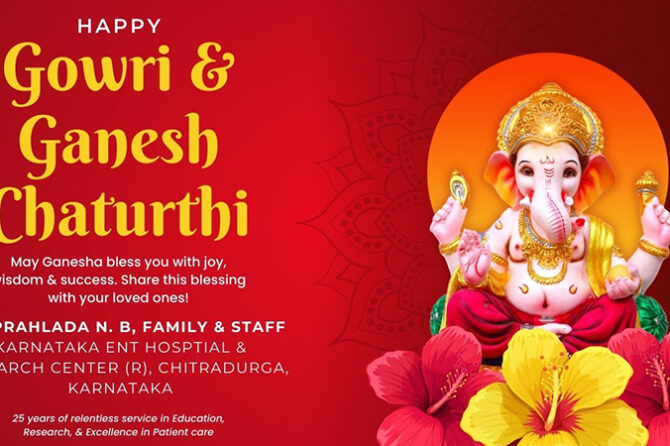
Gowri and Ganesha Festival Greetings from Karnataka ENT Hospital and Research Center and Karnataka Advanced Speech and Hearing Institute, Chitradurga
When the air is laden with devotion, colours, and jubilance amidst holy festivals of Gowri and Ganesha, it is our pleasure to send our warm greetings to everyone at the Karnataka ENT Hospital and Research Center and Karnataka Advanced Speech and Hearing Institute, Chitradurga. Lord Ganesha may benevolently bless you with health, wisdom, and a robust body and mind—both in a physical and metaphysical sense.
In our practice, we are equally concerned with the ears and voices of our clients, but certainly equally concerned with their sense of culture. This festive season, when we welcome the arrival of Vighnaharta, remover of obstacles, let’s spare a moment to think of making our celebrations more considerate, inclusive, and health-aware.
Ganesh Chaturthi observed across India—more prominently in Maharashtra, Karnataka, and Andhra Pradesh—is more than a religious festival; it is a cultural renaissance that brings families, society, and ages together.
Traditionally, public Ganesha festivals date back to freedom fighter Lokmanya Tilak, who in the late 19th century propagated community Ganesh Utsav in Pune. His aim was to bring together people transcending caste and creed, and to usher in a sense of national identity under British colonial rule. This devotional celebration gradually transformed into a socio-cultural event, encouraging local art forms, classical performances, and civic consciousness.
In Karnataka as well, community Ganesha festivals—all of which are renowned for grand processions and immersion ceremonies—cement social cohesion and provide forums to local artists and artisans. These are significant ways of maintaining public life, culture, and communal happiness.
When Celebration Becomes Toxic: The Dangers of DJ Culture and Too Much Sound
But contemporary festivities usually come with a perilous side effect—noise pollution. The prevalence of high-decibel DJ rigs and booming speakers has become a health risk, particularly at processions and late-night events.
How Loud is Too Loud?
WHO and the Central Pollution Control Board (CPCB) delineate 50 dB at night and 55 dB daytime exposure in local residences to prevent injury from exposure to sound in public places. However, the majority of these DJ setups will generally output more than 100 dB, mostly when Ganesh processions and immersion processions are taken out.
To put this into context:
- Normal speech: ~60 dB.
- Busy traffic: ~85 dB.
- DJ speakers in processions: 100–120 dB.
Even short-term exposure to such high levels can lead to:
- Temporary or permanent loss of hearing.
- Tinnitus (ringing in ears).
- Increased stress levels, anxiety, and insomnia.
- Elevated blood pressure and heart rate.
- Adverse effects on infants, the elderly, and those with preexisting hearing conditions.
Prevention: A Festive Responsibility for Public Health
As a premier center in ENT practice and auditory well-being, we urge everyone to adopt safer and more harmonious methods of celebration. Below are a few of these easy but effective measures of prevention:
Restrict sound levels: Adopt standardized sound systems that remain within CPCB decibel limits.
Do not make noise at night: Keep to allowable celebration hours (usually 10 PM curfew).
Employ directional speakers: Direct speakers inwards instead of outwards into the general public.
Promote silent or low-noise immersion rallies: Many cities have adopted this with great success.
Educate youth groups and Ganesh mandals: Provide awareness through health camps and local engagement.
Wear ear protection: Particularly in children and older adults who are around loud music.
Let’s recall here, noise-induced hearing loss is preventable—but not reversible.
Going Back to Our Origins: Healthy Alternatives from the Indian Percussion
Instrumentations
India’s vibrant cultural traditions offer plentiful and beautiful alternatives to DJs and loudspeakers. Our ancestors knew the power of rhythm, resonance, and sound energy through traditional percussion instruments, which offer both celebratory intensity and safe acoustic levels.
Here is a collection of Indian percussion instruments perfect for Ganesha festivals:
Dhol – It is a high-spirited drum played in Karnataka, Maharashtra, and Punjab.
Chande – Typical of Karnataka temples and performances of Yakshagana.
Mridangam – Traditional temple instrument of South India.
Damaru – Symbolic drum of Lord Shiva, evoking spiritual rhythm.
Tabla – Offers intricate, sophisticated rhythms, ideal for classical performances and bhajans.
Tasha – Carried in processions with a sharp, joyful cadence.
Ghatam – Clay pot instrument with a profound cultural heritage in music from South India.
Kanjira – A small frame drum often used in folk and devotional music.
Nadaswaram & Thavil – Part of a temple tradition from South India, providing melodic grandeur.
These instruments not only preserve our musical heritage, but also promote sustainable, ear-friendly celebrations. Moreover, supporting local percussionists and artisans revitalizes rural economies and helps keep our intangible heritage alive.
Let This Ganesha Festival Be a Sound of Joy, Not a Source of Harm
As Lord Ganesha enters our households and society this year, may awareness, balance, and health consciousness enter our lives along with him.
Let us celebrate with rhythm, not recklessness.
We should respect tradition, not noise.
Let us choose harmony—for our ears, hearts, and communities.
We, from Karnataka ENT Hospital & Research Center and Karnataka Advanced Speech and Hearing Institute, urge everyone to make a commitment to safe sound practices this holiday season.
Wish Lord Ganesha grants you wisdom, well-being, and a prosperous celebration!
Ganapati Bappa Morya!
Shubha Gowri-Ganesha Habba!
Dr. Prahlada N.B
MBBS (JJMMC), MS (PGIMER, Chandigarh).
MBA in Healthcare & Hospital Management (BITS, Pilani),
Postgraduate Certificate in Technology Leadership and Innovation (MIT, USA)
Executive Programme in Strategic Management (IIM, Lucknow)
Senior Management Programme in Healthcare Management (IIM, Kozhikode)
Advanced Certificate in AI for Digital Health and Imaging Program (IISc, Bengaluru).
Senior Professor and former Head,
Department of ENT-Head & Neck Surgery, Skull Base Surgery, Cochlear Implant Surgery.
Basaveshwara Medical College & Hospital, Chitradurga, Karnataka, India.
My Vision: I don’t want to be a genius. I want to be a person with a bundle of experience.
My Mission: Help others achieve their life’s objectives in my presence or absence!
My Values: Creating value for others.
Leave a reply

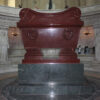
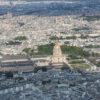
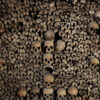
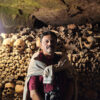
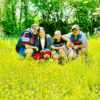
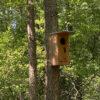
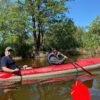
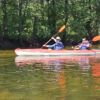

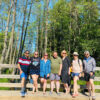
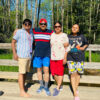

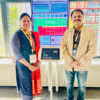

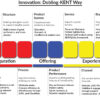
Leave a reply